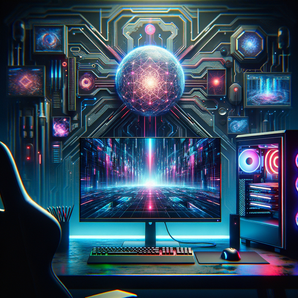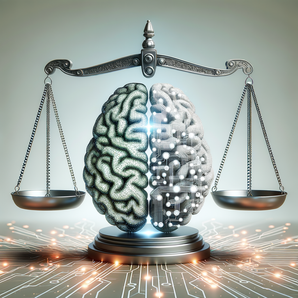"The AI Paradox: Nurturing Creativity in the Face of AI's Ascendance"
"The AI Paradox: Nurturing Creativity in the Face of AI's Ascendance"
For an AI-driven future, nurturing creativity within educational institutions is paramount. Teachers globally are now recognizing the centrality of creativity as a quintessential skill of the 21st century. However, the dearth of valid and reliable tools for assessing creativity remains a considerable obstacle, often leaving schools grappling with methods to accurately measure student achievement.
A revolutionary model of machine learning has been developed by the University of South Australia to resolve this dilemma. This model equips educators with top-notch, purpose-built tests for creativity that not only save time but also drastically cut costs associated with creativity assessments.
The creativity test named 'Test of Creative Thinking - Drawing Production' (TCT-DP) that has been in vogue largely, is now being reinvigorated with the new algorithm. With the ability to grade a test within merely a millisecond, it dramatically trims down the conventional time of 15 minutes taken to manually grade a test.
This innovative development is a boon for educators, saving them countless hours that they can allocate to more critical tasks amidst their packed schedules. "Our algorithm is a monumental shift for educational establishments," comments Prof David Cropley, the lead researcher from UniSA. He emphasizes on creativity being a fundamental skill for the new generation as it is one that cannot be replicated by machines.
However, the crucial challenge lies in the fact that schools lack efficient, affordable tools to measure creativity. As a result, creativity is either not assessed, or it is rated idiosyncratically, which is erratic and misleading. Prof Cropley further adds, "The TCT-DP test, a recognized premier tool for evaluating creativity among school-aged children, has unfortunately been out of reach for most schools owing to its exorbitant cost, slow pace, and intense labour requirements."
This algorithm introduced by UniSA, encapsulates a sustainable solution to this problem. The application of this algorithm slashes the costs by over 20 times, while ensuring rapid and incredibly precise results. It brings the test within the school's affordable range while ensuring accuracy and affordability in assessing creativity.
Dr Rebecca Marrone, Co-researcher at UniSA, highlights how evaluating creativity also benefits students who are often side-lined. Test results bring to light the abilities of such students, which may go unnoticed in traditional intelligence assessments. By fostering creativity, they are cushioned against the impacts of the digital revolution, reinforcing their vulnerability to automation.
The algorithm is currently being developed into a desktop application that educators could utilize in classrooms. They are also welcoming any interested educators to reach them regarding their usage needs of the TCT-DP test.
Disclaimer: The above article was written with the assistance of AI. The original sources can be found on ScienceDaily.




